
Happy new year to you all! We have a new print partner to announce this week - TRAISER3D, from Germany. They are now selling print versions of our sci-fi Taui, Necrontyr and Eldari models!
It's time to move on to the next terrain project, and I think perhaps a set of modular shops and market stalls might be rather fun!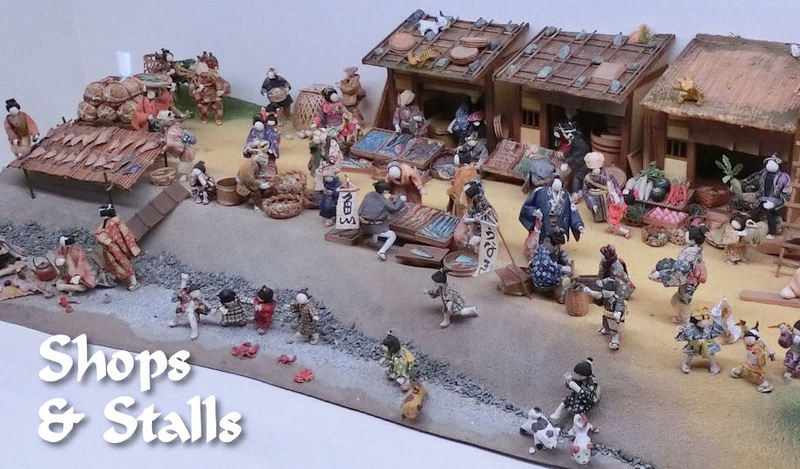
So, what are YOUR ideas for some thematic shops for a samurai town? Let us know in the comments below....
Today's blog is just a quick video of the new Sumo Ring release, on a 360° spin!
We'll be moving on to new projects very shortly, so watch this space for more....
Happy Halloween everybody! We have one last release to show you all, before October ends. The new Sumo Ring is now available for download!

▲ How's that for colourful?! The new Sumo Ring comes in two versions, so you can choose whether you want to print it with or without curtains. I decided to print the curtain version, and had some fun painting this vivid splash of colour!

▲ The base section has steps on both sides, so your sumo wrestlers can enter the dohyo ring in style. The main section of the model prints upside down, which means the whole model can be printed without supports.
Didn't those homemade transfers come out well? They add a real sense of decoration to the battlefield - most of my samurai terrain collection tends to be quite subdued colours; faded woods, and dusty stones etc. So it was a real pleasure to brighten things up this time!
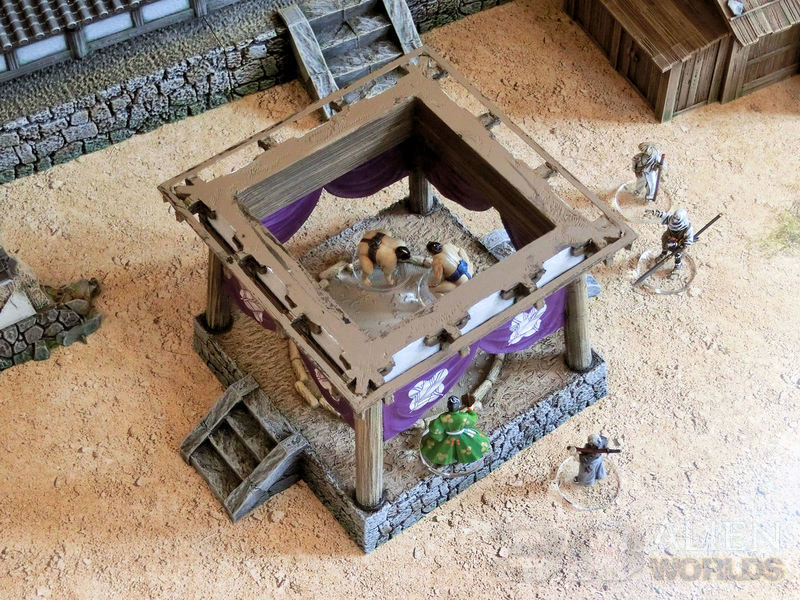
▲ This new battlemat, by the way, is actually an "American wild west" design by DeepCut Studios - but I think it fits perfectly as a dry, dusty setting for towns in the long, hot Japanese summer.
...which might give you a hint as to what other samurai terrain sets will be coming out soon, too!
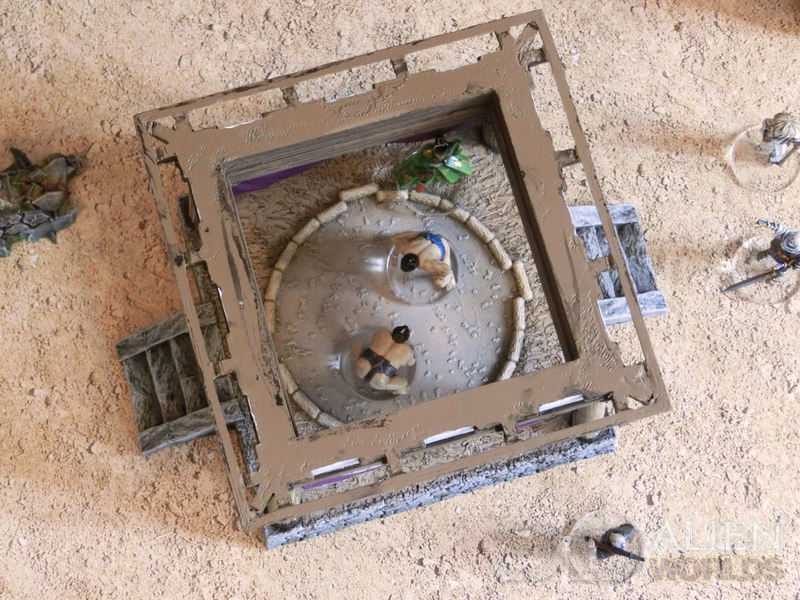
▲ The roof of the sumo ring can be removed during play, and features authentic details like those miniature rice-bails sunk into the ring around the clay floor.
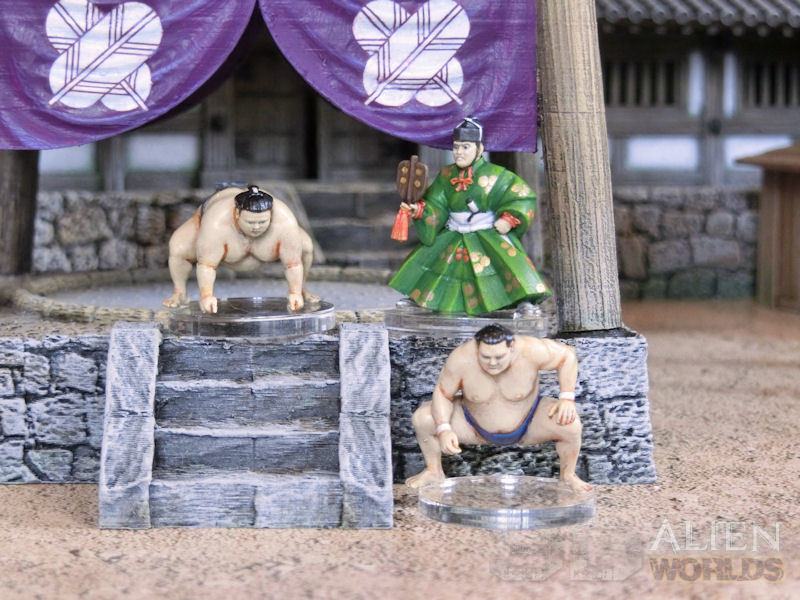
▲ Some of you will have seen these models on Facebook and Instagram already, but here's the finished set of 3 miniatures from Fish Creek 3D. They kindly printed these at 28mm scale (smaller than their normal scale), but they came out perfectly! I honestly can't recommend them enough - they are stunning!
The large areas of skin on the wrestlers were quite fun to paint, although it was hard to shade such wide, flat slabs of fat! The referee model is really worth going over the top with, and I used a colour scheme I found on Wikipedia to produce that eye-watering green and gold scheme, with garish orange tassles!
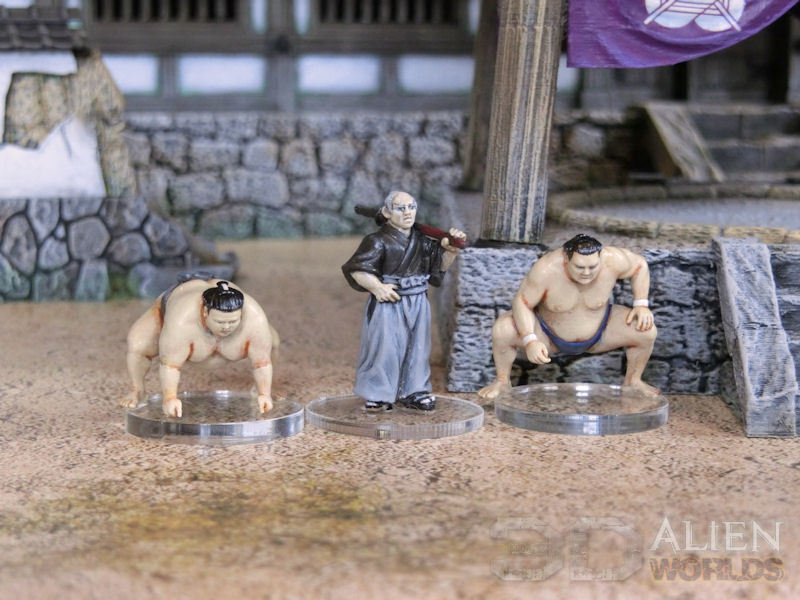
▲ One last pic for you, to show one more model I painted up specially for this sumo ring release. The middle model is an unarmoured samurai from Perry Miniatures, which matches the scale of these sumo wrestlers brilliantly. I'm going to use him as my sumo stablemaster, who instructs and trains the wrestlers every day.
He'll probably also double as the dojo master, when I get around to making that terrain piece!

The new Sumo Ring is available for download from today:
The second of this month's new models is released today - the new Samurai Dice Tower Pagoda is now available for download!
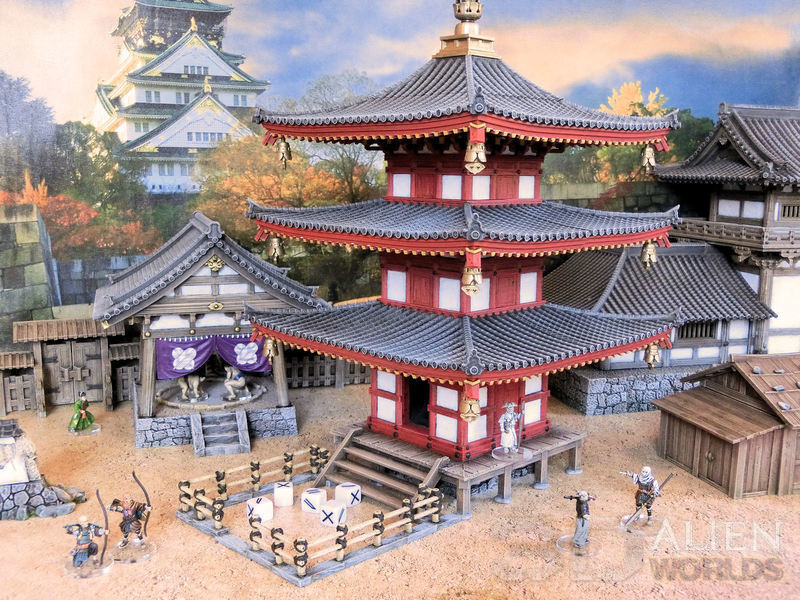
▲ YES, it's bright red! YES, it's super fancy! YES, you can use it as battlefield terrain, too!
This model is a 3-storied pagoda from old Japan, designed for use as an in-game dicetower and terrain piece.

▲ This building measures 210mm (8½") wide at the 1st level roof, and 430mm (17") tall from base to spire tip. It can also be used as a dice tower without the wood and stone base, at a height of 390mm. This model can be printed completely support-free!
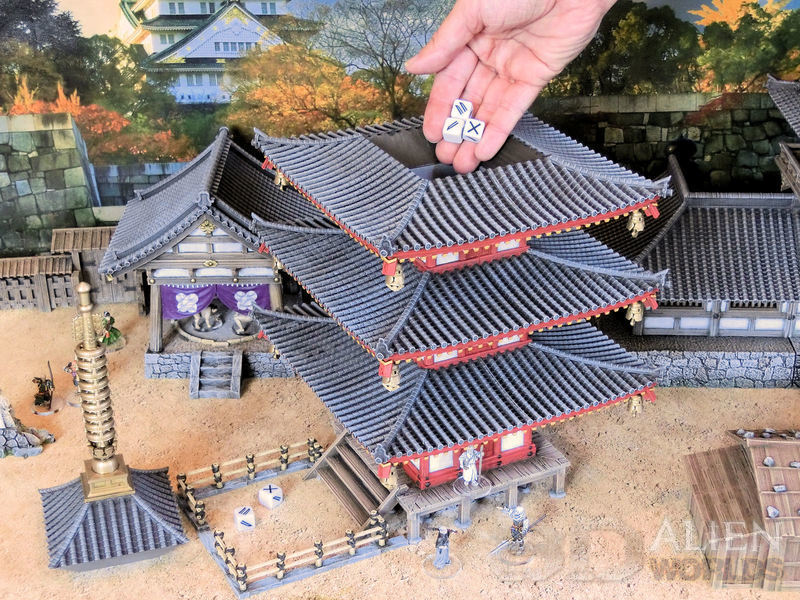
▲ Removing the top centre section of the pagoda roof reveals a dice bucket, and dice will pour down the pagoda and roll out of the front entrance, down the wooden steps into the specially-designed bamboo fence area.
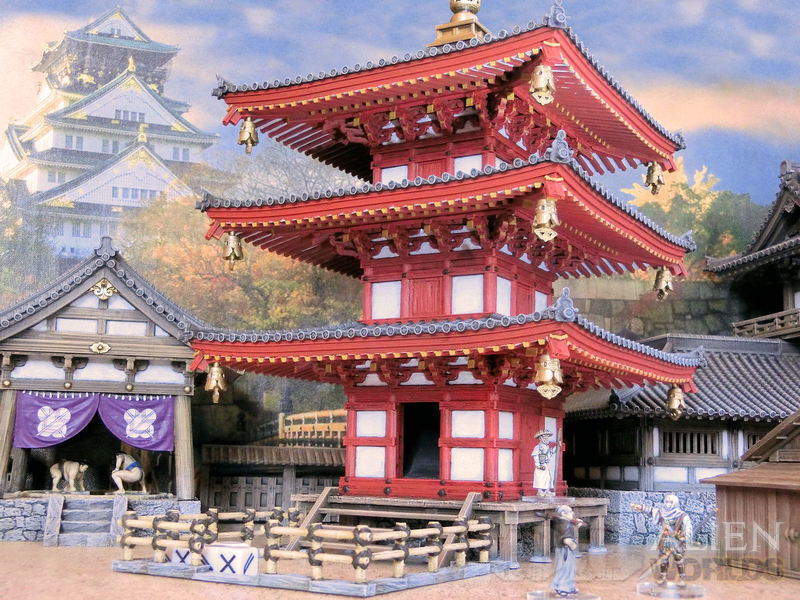
▲ If you have a super bouncy tabletop surface, you can print an extra bamboo stick or two to place across the gateway, to prevent dice from rolling too far.
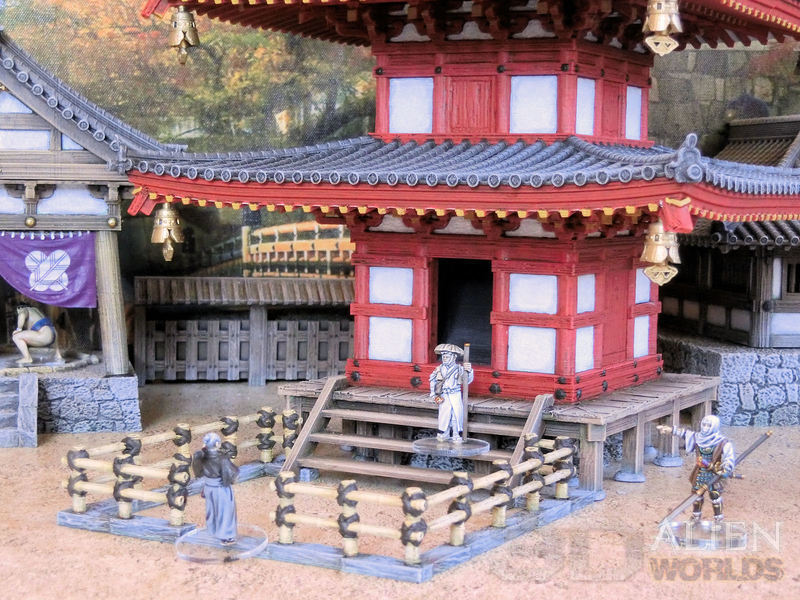
▲ It also makes a great piece of playable wargaming terrain, and models can be placed inside the fence area, or on the steps and surrounding balcony.
Here's a short video of the dicetower in action, with closeups of some of the authentic building details...

▲ The new Samurai Dice Tower Pagoda is available for download from today!
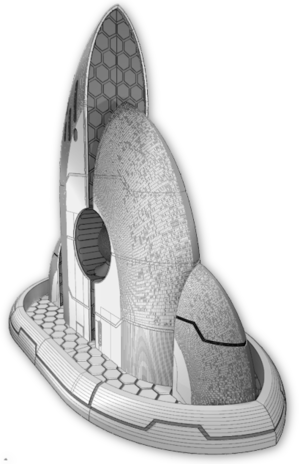
0 Comments :
Write a comment :